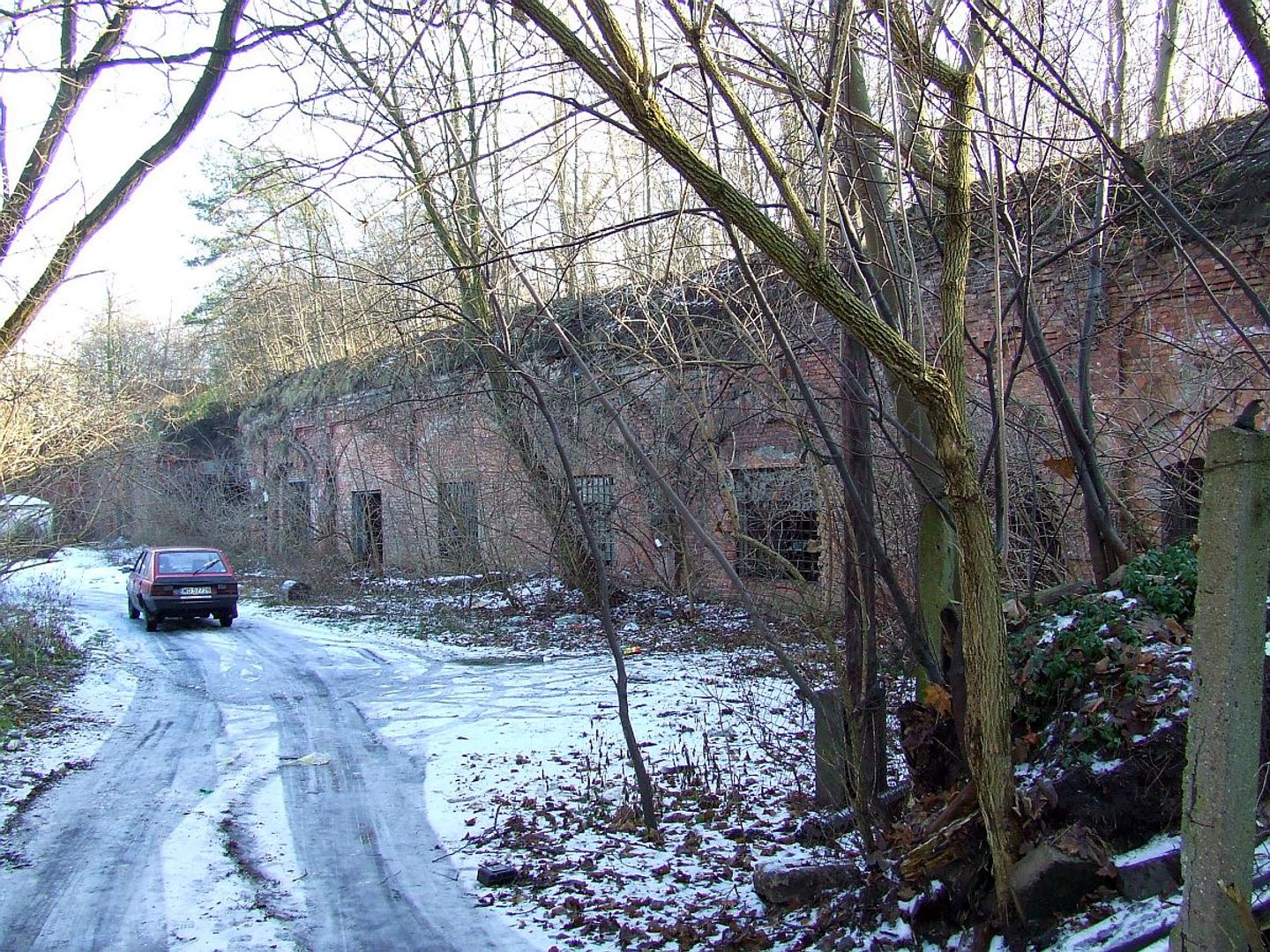Fort Che of the Warsaw Fortress
6.76

Overview
Fort Mokotów II, a brick-earth fortification with a pentagonal shape, located on a low terrace below the Vistula escarpment, has served various functions since its construction in the 19th century. After the completion of its modernization in 1892, the fort primarily functioned as a warehouse. During the interwar period, it changed its purpose and became the headquarters of the Special Ammunition Plant. Military housing estates were built in its vicinity, giving the area a new character, and streets began to bear names related to aviation, such as Ikar or Ludwik Idzikowski. The fort participated in the defense of Warsaw in September 1939, and its structures suffered significant damage as a result of the fighting. After the war, the fort's area was converted into garages and allotment gardens, which, however, fell into disrepair. In 1997, an obelisk commemorating the fort as a work of Józef Piłsudski was unveiled in front of the fort, but since 2007 the site has been unused and unmanaged, contributing to its further neglect. Among the preserved elements, the fort's moats, including the so-called Bernardyńska Woda, are noteworthy. Fort Mokotów II was entered into the register of monuments under number 806 on March 12, 1973. Fort Cze, part of the inner ring of the Warsaw Fortress, built in the 1880s, underwent various name changes—from Cz to Legionów Dąbrowskiego, and then to Fort Piłsudski. Interestingly, due to the similarity of names, it is sometimes confused with Fort Legionów. Forts such as Mokotów II and Cze are important elements of Warsaw's architectural and military heritage, bearing witness to the capital's turbulent history.
Location
Tickets
Powered by GetYourGuide
2025 Wizytor | All Rights Reserved